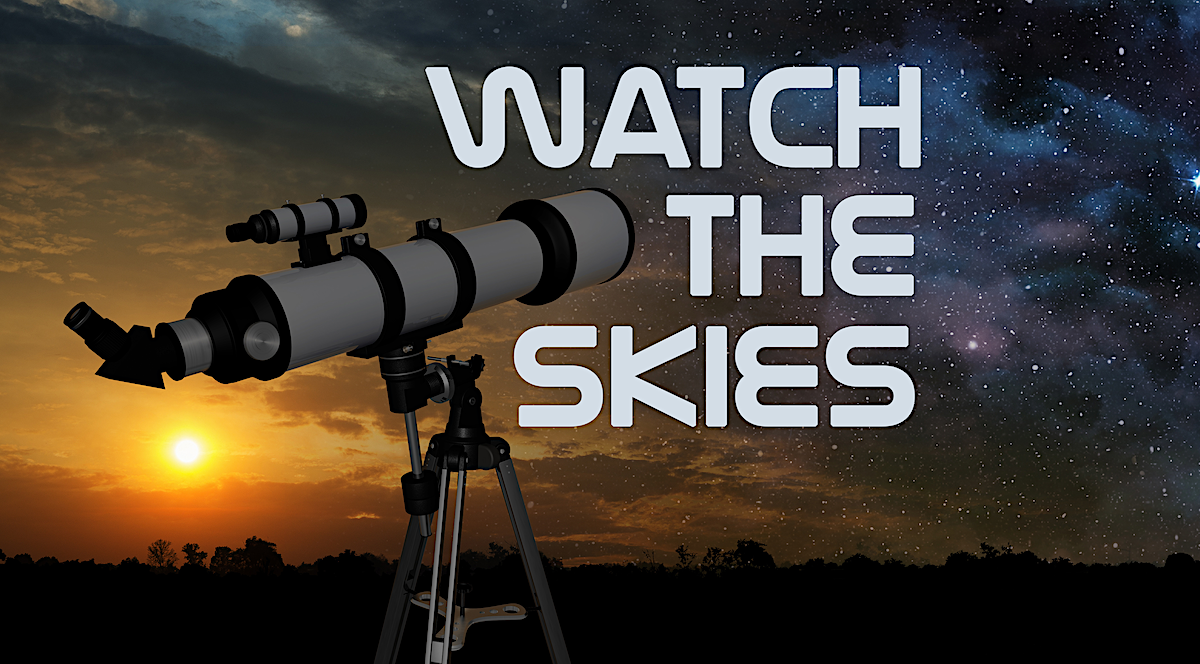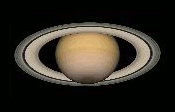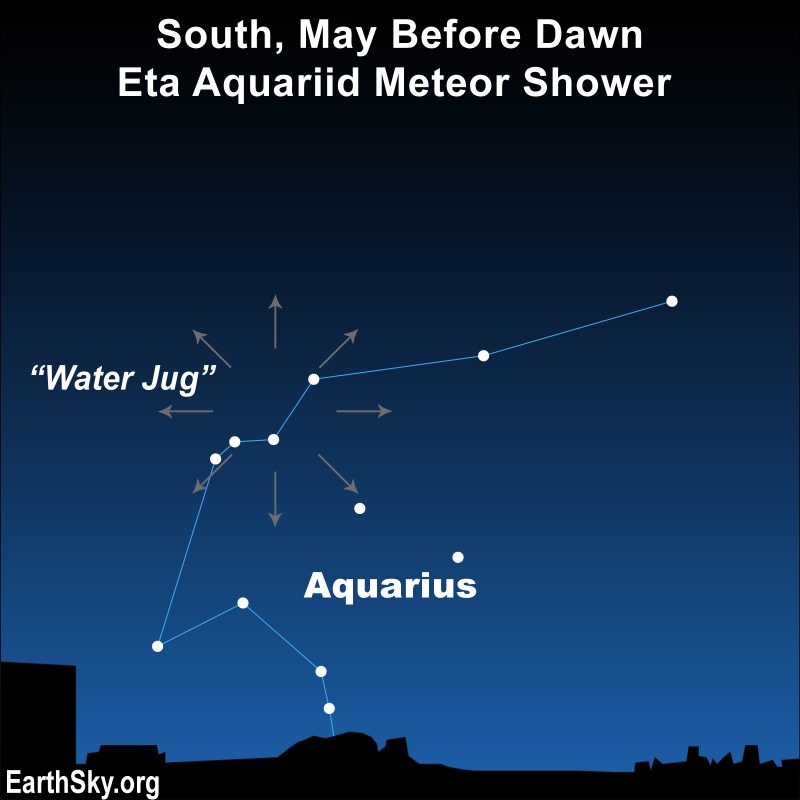
The weather is warming up quickly, which means there are some absolutely wonderful conditions for the beginning of the summer stargazing season.
This month, you will see a few different things worth checking out.
The Planet Show moves to the morning
Jupiter has been a staple in the western sky near sunset recently, but over the coming month, the planet sky show will move entirely to the morning sky.
Saturn, Mars, and Mercury will all be visible in the morning. Looking from the horizon upward, you’ll see Mercury closest to the sun, with Mars next and Saturn a little higher.

Mercury is always the most difficult planet to see due to its location in the bright twilight sky. The best time to see it this month will be on the morning of May 9th, when it reaches its maximum elongation, or furthest distance from the sun from our perspective here on Earth.
Saturn is reaching the point in its orbit when the rings are nearly flat from our point of view. This varies with time every 13-15 years, with the rings being perfectly flat (known as a ring plane crossing) next March 23. This month is a great time to see the gas giant and perhaps even catch a transit of its moon Titan in front of the disk, although that will take a decent-sized telescope.
The Moon makes some friends
The moon will have close encounters with many of its night sky partners this month.
It will kick off the month from May 3-6, passing from Saturn on the 3rd to Mars on the 5th, and Mercury on the 6th. After that, it will disappear for a few days, and a new moon will appear late on the 7th. This is the first new moon since the Total Solar Eclipse on April 8.
After that, it will pass right by the two bright stars in the constellation Gemini, known as Castor and Pollux.
Despite these two stars being right next to one another, they are very far apart and very different. Castor is actually a sextuple star system about 52 light years from Earth, and Pollux is a single giant star only 34 light years away.
Just three days later, on the 13th, grab a pair of binoculars and catch the moon floating next to the Beehive Cluster, also known as M44. This cluster contains over a thousand stars, of which a couple dozen are easily visible through binoculars. The moon and the cluster will be visible in the same binocular view this evening.
The moon will continue to pass by many bright stars, including Regulus on the 15th and Spica on the 19th before the next full moon occurs on May 23rd.
The next big event for our nearest satellite will be a conjunction with Saturn on May 31. Some areas in South America will witness Saturn actually being occulted by the moon, but from here in North Georgia, it will just be a close pass.
The Eta Aquarid Meteor Shower
The Eta Aquarid meteor shower is one of, if not the best, meteor shower of the year…for the southern hemisphere.

Here in the northern hemisphere, the radiant of this shower, caused by dust from the infamous Halley’s Comet, sits very close to the horizon, which reduces the number of meteors we can see.
The good news is that the 2024 shower will peak on the mornings of May 5th and 6th, when the moon will be almost new. This will give us the best possible conditions to see as many meteors as possible, in this case up to 10-20 meteors per hour.
Overall, it is a very exciting month for the night sky, so be sure to get outside and take a peek!





